Would you run your business without a plan? Of course not! Which is why it wouldn’t make sense to market your products without one. In this post, we’ll show you how to create a digital marketing strategy with clear, actionable strategies.
What is Digital Marketing?
Digital marketing is a term that applies to online marketing efforts. It includes the use of online marketing channels like search engines, social media, and websites to connect with customers. Some people simply call it online marketing.
How to Create a Digital Marketing Strategy
Before you can create a digital marketing strategy, you’ll need to think about why you’re doing it. Here are a few questions to ask yourself:
- What results do I want?
- How will I achieve these results?
- How will I measure the results?
- What tools will I need?
Now that you know have an idea of what digital marketing is, let’s talk about how to develop a plan.
Set Clear Goals
One of the most important steps in your planning is goal setting.
Do you want to boost brand awareness? Are you looking to add followers on social media? Or do you want to grow your email list?
One of the most popular methods of goal setting is S.M.A.R.T. This means setting goals that are specific, measurable, achievable, relevant, and time-bound. Most goal-setting methods are going to encourage setting goals that meet these same criteria.
If your goal is to increase brand awareness, you might set up your goal tracking like this:
Goal: Increase website traffic
Metric: 500 new organic site visitors by the end of Q1 2020
Tactics:
- Create high-quality blog content
- Increase blog posting to 4 days per week
- Optimize posts and pages for search engines
- Use social media to engage with customers and direct them to the site
- Increase guest post contributions to other high-quality publications
But, what if you want to increase your social media reach? In that case, your setup would look similar, but your wording would change. And, of course, your tactics would probably be a lot different!
Goal: Increase the number of followers on Facebook
Metric: 200 new Facebook followers by end of Q2 2020
Tactics:
- Post valuable content on Facebook
- Increase Facebook postings from 1 to 2 times per day
- Continue responding to all non-spam questions or comments from visitors
- Use Facebook Live feature at least once per month
And, for growing your email list, you may use something like this:
Goal: Increase the number of email subscribers
Metric: 750 new email subscribers by end of Q4 2020
Tactics:
- Use optin tools such as an exit-intent popup
- Use lead magnets on your website
- Test campaigns using A/B split test
Build Solid Customer Avatars
Before you can sell anything, you need to have a clear idea of who you’re selling to.
The customer avatar, a fictional character that represents your ideal prospect, can help with this. Customer avatars, also known as buyer personas, tell us a lot about the prospect such as their demographics which includes their name, age, and occupation.
It even includes the products they’ve purchased and places they’ve visited. It answers questions like:
- Who are they?
- What do they like to do for fun?
- Where do they like to shop?
- What are their habits?
You can also dive further into a customer persona to include psychographics. This includes consumers’ attitudes, aspirations, and other psychological criteria. Just like demographics, psychographics helps you build a customer avatar of what your ideal prospect looks like.
Check out this example of a customer avatar from Hubspot:
Here’s another example from Digital Marketer:
This information will play an important part in developing your overall digital marketing plan. The more detailed your customer avatar, the better you can customize your digital marketing strategy.
Now that you have your customers sorted out, let’s talk about your digital assets.
Audit and Plan Current Digital Assets
A digital asset has 3 main characteristics:
- It’s digital
- It provides value to your company
- It’s searchable and discoverable
When considering your available digital assets as a part of your strategy, you’ll start by taking inventory of your current digital assets. These can be anything from your blog content to paid ads, or even the exposure earned through word-of-mouth.
Let’s take a look at each type of digital asset in more detail.
Audit and Plan Owned Digital Assets
Any digital property that you can control and that is unique to your brand is considered an owned digital asset. A common example is your website, but it can also be things like:
- Social media profiles
- Content
- Original imagery
- Owned channels
Even some of your off-site content like posts on Medium or content on GitHub can be considered an owned digital asset.
It’s important to track owned media so you can get a full understanding of the buzz around your brand. This also gives you an idea of how that impacts your marketing efforts.
You can track social media directly in the analytics of the social media platform you’re using. There are also amazing tools like MonsterInsights that you can use with Google Analytics to get the info you need to track the ROI of your owned media.
Audit and Plan Earned Digital Assets
Next, analyze your earned media assets. Earned media is the attention that you’ve earned but not paid for. You can earn media assets a number of ways including the customer service you’ve provided or through the influence of your SEO efforts.
Here are a few examples of earned digital assets:
- Guest posts
- PR
- Customer experience
- Word-of-mouth
- Press mentions
- Reviews
Other examples include user-generated videos and social media mentions. These can be from content writers, journalists, reporters, or even customers.
GoPro has a number of digital marketing examples that include earned digital assets. One of their more popular earned media assets includes its YouTube channel. A lot of the videos were created by customers that used the products, instead of GoPro.
By having user-generated content on its YouTube channel, GoPro encourages customers to share their talents with the world.
Check out this award-winning, spooky Halloween video created by Lukasz Lewenda. ?
Lukasz shot 100% of the video using GoPro.
Just like we mentioned about owned media, it’s also important to track your earned media. Depending on the type of earned media you’re tracking, there are different tools that can help.
Again, you really can’t go wrong with MonsterInsights and Google Analytics. But, you can also set up a simple Google Alerts or Walk Talker Alerts that can notify you anytime your brand is mentioned online.
Here’s an alert preview for “go pro” using Google Alerts:
Track and analyze your earned media so you can include it into your overall marketing plan.
Audit and Plan Paid Digital Assets
Finally, you’ll want to look at all of your paid assets. Typically, paid media serves as a promotion method to boost your exposure. You can find this anywhere exposure is paid for like:
- Google Adwords
- Pay-per-click advertising
- Social media ads
- Native ads
- Online video ads
Geico does a great job of taking one of their paid digital assets and turning it into another cool digital marketing campaign using online video advertising with their video titled “Crushed.”
In terms of tracking, a tool like SEMRush can track SEO and paid traffic (such as pay-per-click).
Now you have a solid digital marketing strategy framework for your business:
- Set clear goals
- Build solid customer avatars
- Audit and plan your digital assets
Want to discover the latest digital marketing trends, challenges, and opportunities? Here are some Mind-Blowing Digital Marketing Statistics to Learn From. And be sure to check out our digital marketing best practices to level up your marketing game.
Don’t forget to subscribe to our YouTube channel for useful tips and strategies that will help you grow your business!

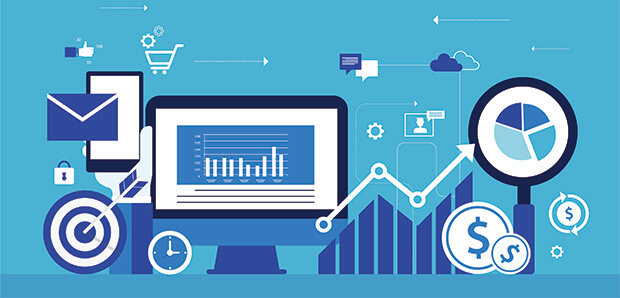

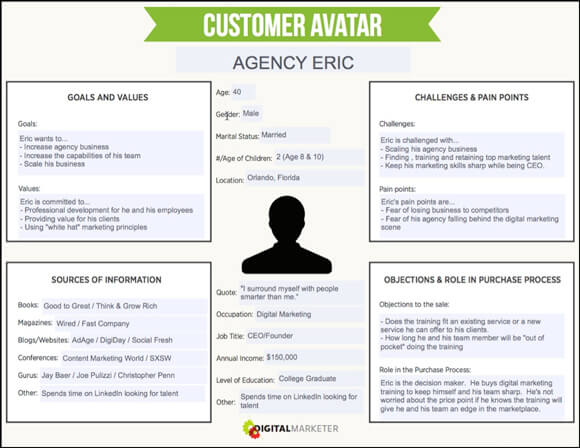
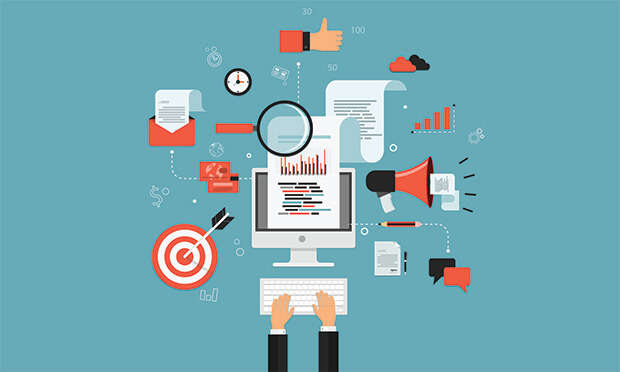
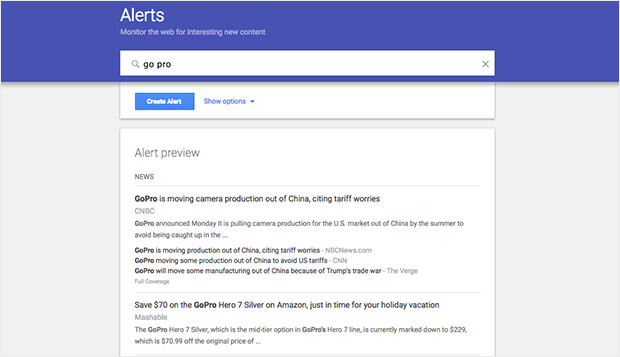
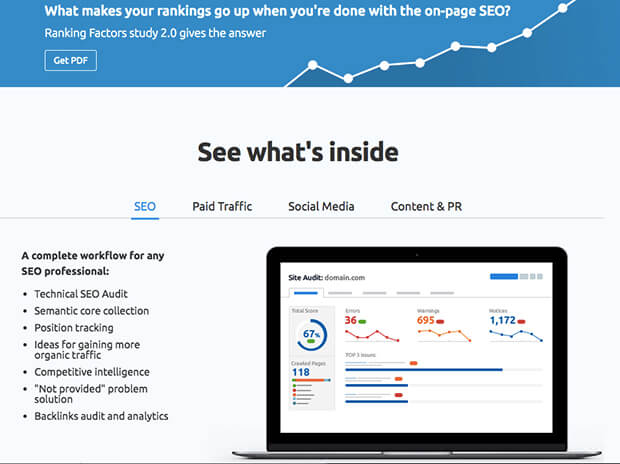








Add a Comment